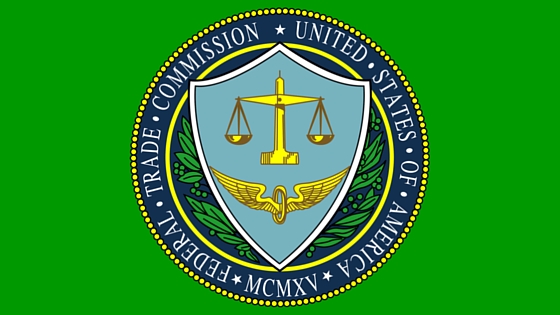If the Consumer Financial Protection Bureau is not interested in defending itself against a lawsuit seeking to block the implementation of its medical debt credit reporting rule, consumer advocacy groups want to step in, according to a motion filed yesterday in federal court. At the same time, the judge in the case has granted the CFPB’s request for a 90-day stay in the proceedings.
The CFPB’s final rule, issued on January 7, would prohibit credit bureaus from including medical debt on reports and bar lenders from considering it when making lending decisions. With the CFPB under new leadership and opting not to actively defend the rule, advocacy groups argue that intervention is necessary to protect the interests of consumers.
What’s happening:
- Motion to Intervene: Represented by the National Consumer Law Center (NCLC), consumer groups and individuals filed their motion to intervene. The motion argues that with the CFPB under a directive to halt litigation, there is no meaningful defense of the rule, and the intervenors have a direct stake in its outcome. They cite concerns that removing the rule will lead to continued financial hardship for millions burdened by medical debt.
The big picture:
- There have been two lawsuits filed against the CFPB, seeking to block the rule’s enactment. Both are currently in a holding pattern while the chaos at the CFPB settles down.
- Unlike the other lawsuit, which focuses on regulatory overreach, the consumer groups’ motion emphasizes the direct impact on individuals and nonprofit organizations that assist consumers struggling with medical debt.
What they’re saying:
- Chi Chi Wu, National Consumer Law Center: “This rule to provide relief to the 15 million people harmed by the reporting of medical debt had been in the works for several years and was lawfully issued before the new administration took office.”
What’s next:
- The court must decide whether to grant the consumer groups’ request to intervene.
- The 90-day stay gives all parties additional time to argue the case before the rule’s implementation.







